Join our explorer on their adventures as s/he explores the sights, sounds, smells, tastes, and textures of The Amazon Rainforest with this fully resourced, step-by-step multisensory story/teaching resource plus sensory, rainforest themed activities!
This is a very special resource as all the artwork has been contributed by autistic artists from Manaus in the Amazon Basin and other regions of Brazil.
TABLE OF CONTENTS
Introduction
Galeria Aut
Denise Teperine
The Benefits of Multisensory Storytelling
How to tell a Multisensory Story
Story Props/Resources Checklist
The Rainforest Full Story
The Rainforest Fully Resourced, Step-by-Step Multisensory Story
Rainforest Sensory Art
Henry Rosseau
Rainforest Leaves
‘Eterno Amor’
‘Amazonia’
‘Arvore da Vida’
‘Tribes of the Amazon’
The Sensory Rainforest
Rainforest Slime Recipe
Rainforest Sensory Mud Recipe
Rainforest Crafts
Rainforest Leaves Foil Embossed Greetings Card
Rainforest Leaves Wax Picture
D & T
Design a Rainforest Home
Leafcutters
Planet Earth
Rainforest in a Bottle
Starry Night in a Bottle
Snappy Caiman Counting Crocodiles
D & T Healthy Eating
The World Around Us
Planting Beans
Will it Grow?
Tree Seeds
Rainforest Products
Rainforest Compost
Growing Potatoes from Peelings
The World Around Us – Creatures of the Amazon
Creatures of the Amazon Through the Senses
Endangered Species
Animal Tracks
The Spider’s Larder
Rainforest PE
Rainforest Adventure Obstacle Course
Rainforest Science – The Role of the Rainforest
Oxygen
The Water Cycle
Make a Rain Guage
Erosion
Decay
Rainforest Science
The Power of the Sun Experiment
The Ice Caps Experiment
Water Pollution Experiment
Greenhouse Gas Experiment
Culture & Tradition – The Tribes of the Amazon
The Achuar Tribe
The Yanomami Tribe
The Huaorani Tribe
The Kayapo Tribe
The Mascho Piro Tribe
The Matses Tribe
Music
Make a Rainmaker
The Sounds of the Rainforest
Role Play
Can you Survive a Night in the Rainforest?
What are the Benefits of Multisensory Storytelling?
1. Storytelling creates a bond between the storyteller and the story explorer enhancing and enriching experiences.
2. Rhyming Multisensory Stories connect the individual to literature, culture, and topic in a fun and engaging way.
3. The stories form a base on which to scaffold learning enabling the student to work on personal goals and individual targets.
4. The activities in the stories are designed to promote communication skills: (eye contact, listening, shared attention & language development), self-confidence & well-being (trying out new ideas & skills, practicing self-care & independence and enjoying achievement), self-awareness: (asking for ‘help’, ‘again’ and ‘more’), present opportunities to explore cause & effect and build anticipation skills, promote physical development: (fine & gross motor skills), build knowledge about the environment & the world around us, to engage in scientific experimentation and mathematical concepts and to develop social & emotional skills: (turn-taking & sharing and teamwork).
5. The sensory stimuli (story props) are a tool for the story explorer to explore and express their likes, dislikes, and sensory preferences and to have the opportunity to make choices.
This information can be used to identify motivators or items to calm and individual when anxious, tired, or stressed, identify triggers, (some you may wish to avoid, others to work on building tolerance through desensitisation in a safe and therapeutic environment) and used in the writing of care plans to enhance areas daily life.
Your questions and queries are always welcome
Thank you for looking:)
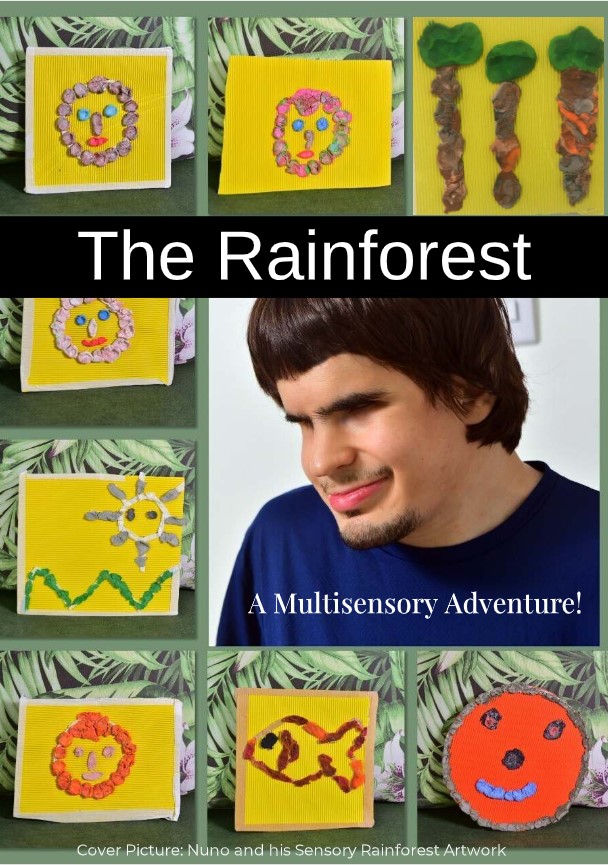
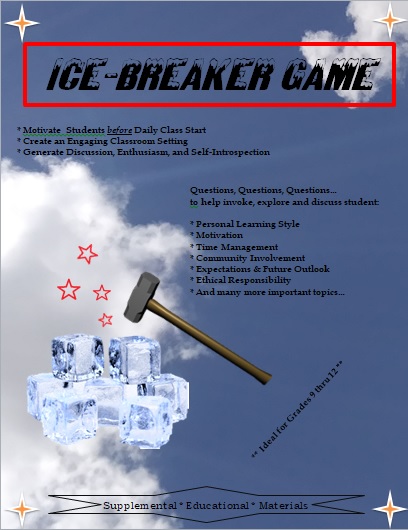
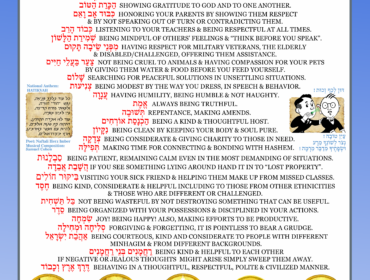
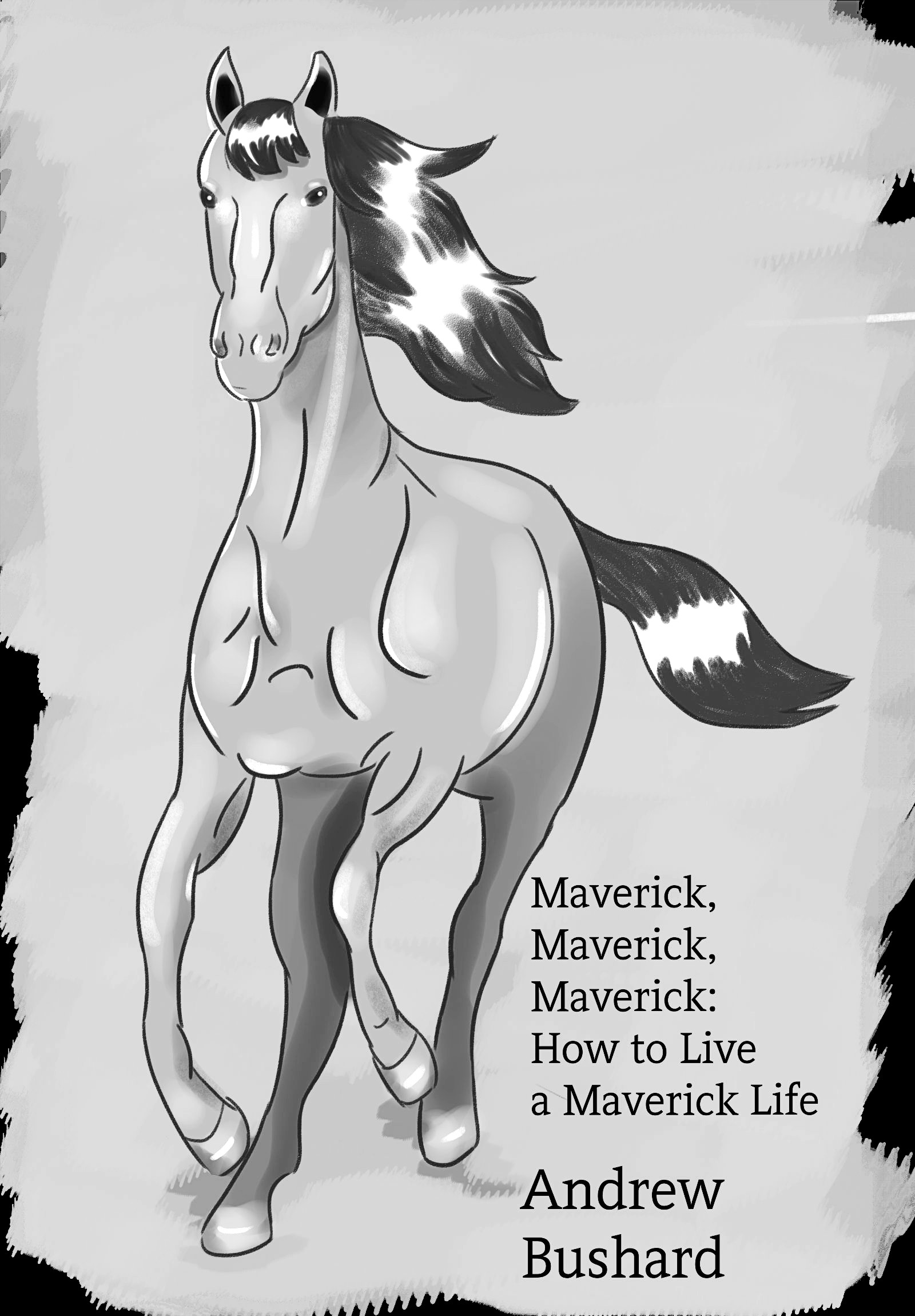
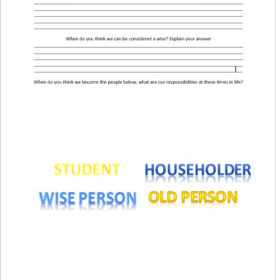
Write a Review
Leave a reply Cancel reply